Home>Gardening & Outdoor>Landscaping Ideas>What Causes Grass To Thin Out
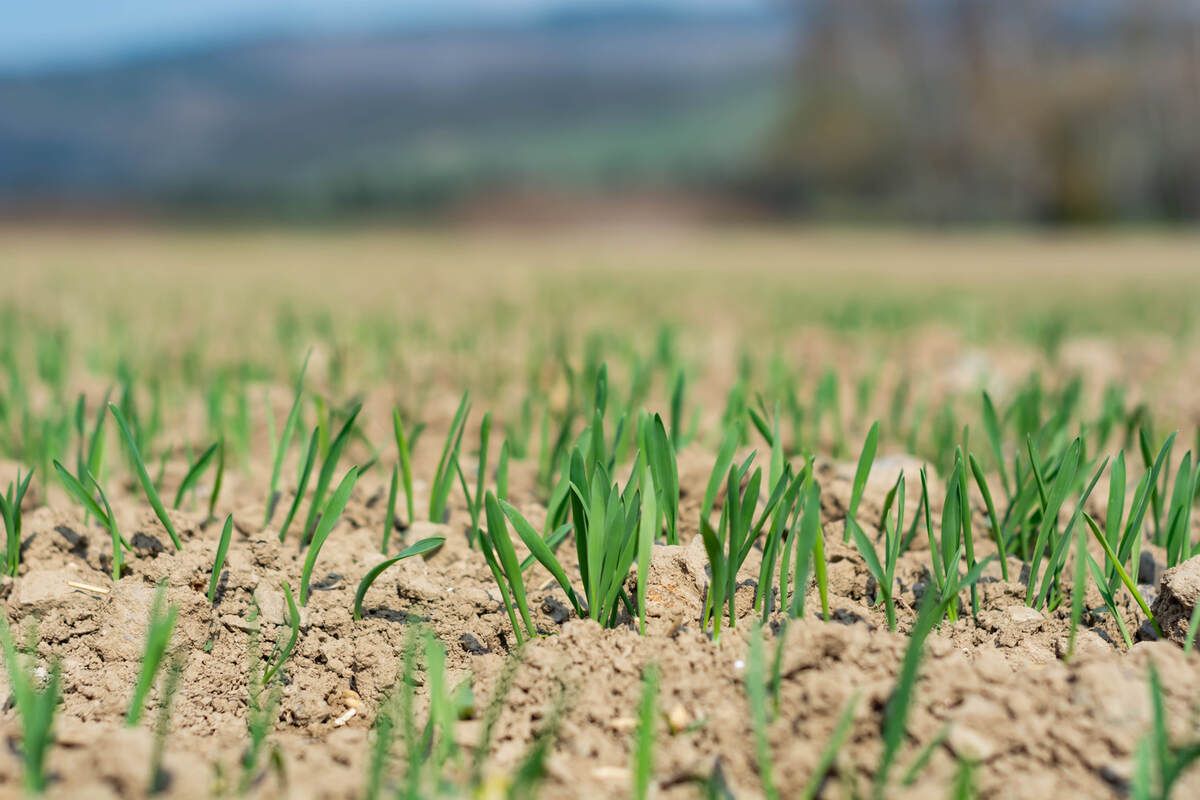

Landscaping Ideas
What Causes Grass To Thin Out
Modified: September 2, 2024
Discover the top landscaping ideas to prevent grass from thinning out. Learn how to maintain a lush, healthy lawn with our expert tips and strategies. Explore effective solutions for thinning grass today!
(Many of the links in this article redirect to a specific reviewed product. Your purchase of these products through affiliate links helps to generate commission for Storables.com, at no extra cost. Learn more)
Introduction
Having a lush, green lawn is a source of pride for many homeowners. However, maintaining healthy grass can be a challenge, especially when faced with thinning or patchy areas. Understanding the factors that contribute to grass thinning is essential for implementing effective solutions and restoring the vibrancy of your lawn.
In this comprehensive guide, we will explore the various reasons why grass may thin out, ranging from environmental stressors to cultural practices. By delving into these factors, you will gain valuable insights into how to address and prevent thinning grass, ultimately fostering a thriving and resilient lawn.
Key Takeaways:
- Grass thinning can be caused by overgrazing, soil compaction, lack of nutrients, disease, pests, improper mowing, and environmental stress. Implementing proactive solutions can restore grass density and vitality.
- To combat grass thinning, homeowners can aerate compacted soil, follow proper mowing practices, address nutrient deficiencies, manage pests and diseases, and adapt lawn care practices to mitigate environmental stressors.
Read more: How To Thin Out Grass
Overgrazing
Overgrazing, commonly associated with pastures and grazing lands, can also occur in residential lawns. This phenomenon occurs when grass is continuously subjected to heavy foot traffic, whether from humans or pets. The constant pressure and compaction can lead to the degradation of the grass, resulting in thinning and bare patches.
Overgrazing inhibits the grass’s ability to regenerate and grow, as the constant trampling damages the delicate root systems and compresses the soil. Additionally, the accumulation of organic matter from foot traffic can create a barrier that restricts water and nutrient penetration, further exacerbating the thinning of the grass.
To mitigate the effects of overgrazing, consider implementing designated pathways or play areas to redirect foot traffic away from the main lawn. Furthermore, aerating the compacted areas and overseeding with resilient grass varieties can help rejuvenate the damaged sections, promoting healthier growth and density.
Soil Compaction
Soil compaction is a common culprit behind thinning grass in many lawns. This occurs when the soil becomes densely packed, hindering the infiltration of water, air, and nutrients essential for healthy grass growth. Compaction often arises from heavy foot traffic, construction activities, or the use of heavy machinery on the lawn.
Compacted soil poses a significant challenge for grass roots, as it restricts their ability to spread and anchor themselves effectively. Consequently, the grass may struggle to access vital resources, leading to diminished vigor and thinning over time.
To address soil compaction, aeration is a highly effective technique. This process involves perforating the soil with small holes to alleviate compaction and enhance air and water movement within the root zone. Core aeration, in particular, removes small plugs of soil, creating channels for improved root development and nutrient uptake. Following aeration, incorporating organic matter into the soil can further enhance its structure and fertility, providing an optimal environment for grass to thrive and combat thinning.
Lack of Nutrients
A deficiency in essential nutrients can significantly impact the health and density of grass, leading to visible thinning and diminished vitality. Nitrogen, phosphorus, and potassium are primary macronutrients crucial for robust grass growth, while secondary nutrients such as calcium, magnesium, and sulfur, along with micronutrients like iron and manganese, play vital roles in supporting overall plant health.
When grass is deprived of adequate nutrients, its ability to develop strong roots, produce lush foliage, and withstand environmental stressors is compromised. This can manifest as gradual thinning, yellowing of the grass blades, and increased susceptibility to pests and diseases. Furthermore, nutrient deficiencies can impede the grass’s capacity to recover from damage, hindering its ability to fill in bare or sparse areas.
Conducting a soil test is a valuable first step in identifying nutrient deficiencies and formulating an appropriate fertilization strategy. Based on the test results, select a high-quality, balanced fertilizer specifically formulated for lawns, and apply it according to the recommended schedule and rates. Additionally, incorporating organic amendments, such as compost or well-decomposed manure, can enrich the soil with essential nutrients and improve its overall fertility, fostering vigorous grass growth and combating thinning.
Regularly aerating your lawn can help prevent grass from thinning out. Aerating allows air, water, and nutrients to reach the roots, promoting healthy growth and preventing compaction.
Disease and Pests
Disease and pest infestations pose significant threats to the health and density of grass, potentially resulting in widespread thinning and unsightly patches. Fungal diseases, such as dollar spot, brown patch, and powdery mildew, can weaken the grass and cause it to thin out as the pathogens attack the foliage and root systems. Similarly, pest infestations, including grubs, chinch bugs, and armyworms, can devour grass roots and blades, leading to visible damage and reduced turf density.
Early detection and prompt intervention are crucial in managing disease and pest issues to prevent extensive thinning and deterioration of the lawn. Implementing cultural practices that promote grass resilience, such as proper watering, balanced fertilization, and regular mowing, can fortify the grass and enhance its natural defenses against diseases and pests. Additionally, selecting disease-resistant grass varieties and employing integrated pest management strategies can help minimize the risk of infestations and mitigate their impact on grass density.
When addressing specific disease or pest problems, it is essential to identify the underlying causes and deploy targeted control measures. This may involve applying fungicides to combat fungal diseases or utilizing biological or chemical treatments to manage pest populations effectively. By addressing disease and pest issues proactively, you can safeguard the health and density of your grass, preventing thinning and promoting a resilient and thriving lawn.
Read more: What Causes Grass Tetany
Improper Mowing
Improper mowing practices can exert a detrimental impact on the density and overall health of grass, contributing to thinning and aesthetic degradation. Mowing at incorrect heights, using dull blades, and mowing too infrequently are common factors that can compromise the resilience and vigor of the lawn.
Mowing at excessively low heights, known as “scalping,” can stress the grass and impede its ability to photosynthesize and store essential nutrients. This can lead to weakened root systems and reduced foliage density, resulting in thinning and increased vulnerability to environmental stressors. Conversely, infrequent mowing can allow the grass to become excessively tall, leading to shading and competition for resources, which can also contribute to thinning and patchiness.
To promote lush and dense grass growth, adhere to proper mowing practices, including maintaining the recommended mowing height for the specific grass species in your lawn. This typically involves removing no more than one-third of the grass blade’s height with each mowing session. Additionally, ensure that mower blades are sharp to achieve clean cuts that promote healthy regrowth and minimize stress on the grass.
Regular mowing not only controls the height of the grass but also stimulates lateral growth and tillering, contributing to improved density and a more uniform turf appearance. By adopting appropriate mowing techniques and frequencies, you can effectively combat thinning and foster a resilient and visually appealing lawn.
Environmental Stressors
Environmental stressors encompass a broad range of factors that can detrimentally impact the health and density of grass, leading to thinning and diminished vigor. These stressors may include extreme temperatures, drought, excessive moisture, and inadequate sunlight, among others. Each of these elements can impose significant challenges on the grass, impeding its ability to thrive and maintain optimal density.
During periods of prolonged drought or waterlogging, grass may struggle to access adequate moisture, resulting in wilted, sparse patches and reduced growth. Similarly, exposure to extreme heat or cold can stress the grass and hinder its capacity to maintain lush, dense foliage. Insufficient sunlight due to shading from structures or trees can also impede photosynthesis and lead to weakened grass density.
To mitigate the impact of environmental stressors, consider implementing proactive measures tailored to the specific challenges faced by your lawn. For instance, during dry periods, adjust irrigation practices to ensure consistent moisture levels, and select drought-tolerant grass species for areas prone to water scarcity. In contrast, improving drainage in waterlogged areas and providing adequate aeration can alleviate the detrimental effects of excessive moisture on grass density.
Furthermore, strategic tree pruning and selective thinning can enhance sunlight penetration, promoting healthier grass growth in shaded areas. By addressing environmental stressors through targeted interventions and adaptive lawn care practices, you can effectively combat thinning and create an environment conducive to robust grass density.
Conclusion
Understanding the factors that contribute to grass thinning is essential for cultivating a vibrant and resilient lawn. Overgrazing, soil compaction, lack of nutrients, disease and pests, improper mowing, and environmental stressors are among the primary culprits that can compromise grass density and vitality. By recognizing these challenges and implementing proactive strategies, homeowners can effectively address thinning grass and promote a lush and healthy lawn.
Employing cultural practices such as aerating compacted soil, adhering to proper mowing techniques, and implementing targeted fertilization can significantly enhance grass density and vigor. Additionally, integrating disease and pest management strategies, addressing environmental stressors, and selecting resilient grass varieties can further fortify the lawn against thinning and aesthetic degradation.
Regular maintenance, attentive observation, and a proactive approach to lawn care are integral to combating thinning grass and fostering a thriving turf. By nurturing a deep understanding of the factors influencing grass density and leveraging informed strategies, homeowners can cultivate a lush, resilient lawn that serves as a source of pride and enjoyment for years to come.
Frequently Asked Questions about What Causes Grass To Thin Out
Was this page helpful?
At Storables.com, we guarantee accurate and reliable information. Our content, validated by Expert Board Contributors, is crafted following stringent Editorial Policies. We're committed to providing you with well-researched, expert-backed insights for all your informational needs.

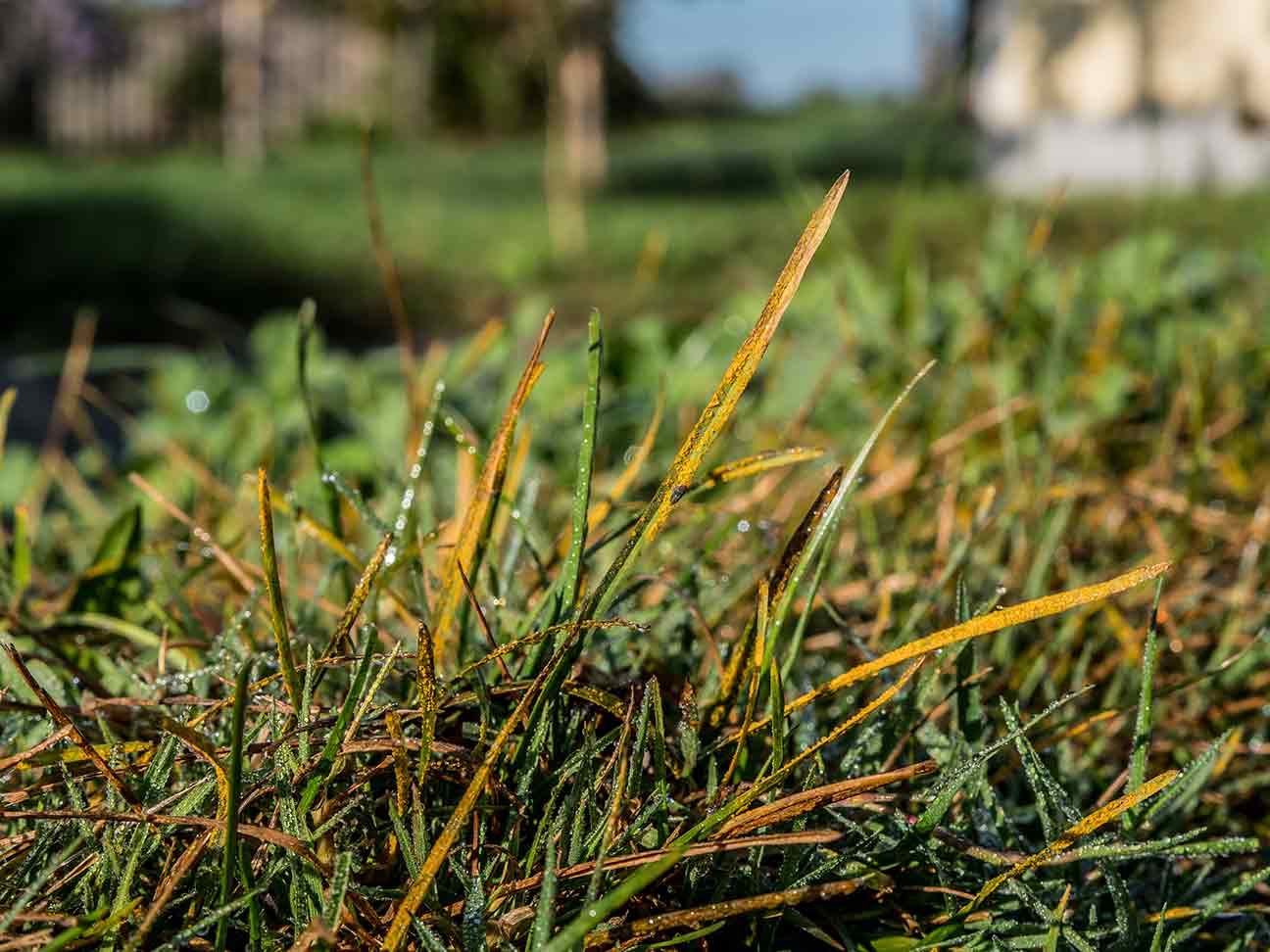
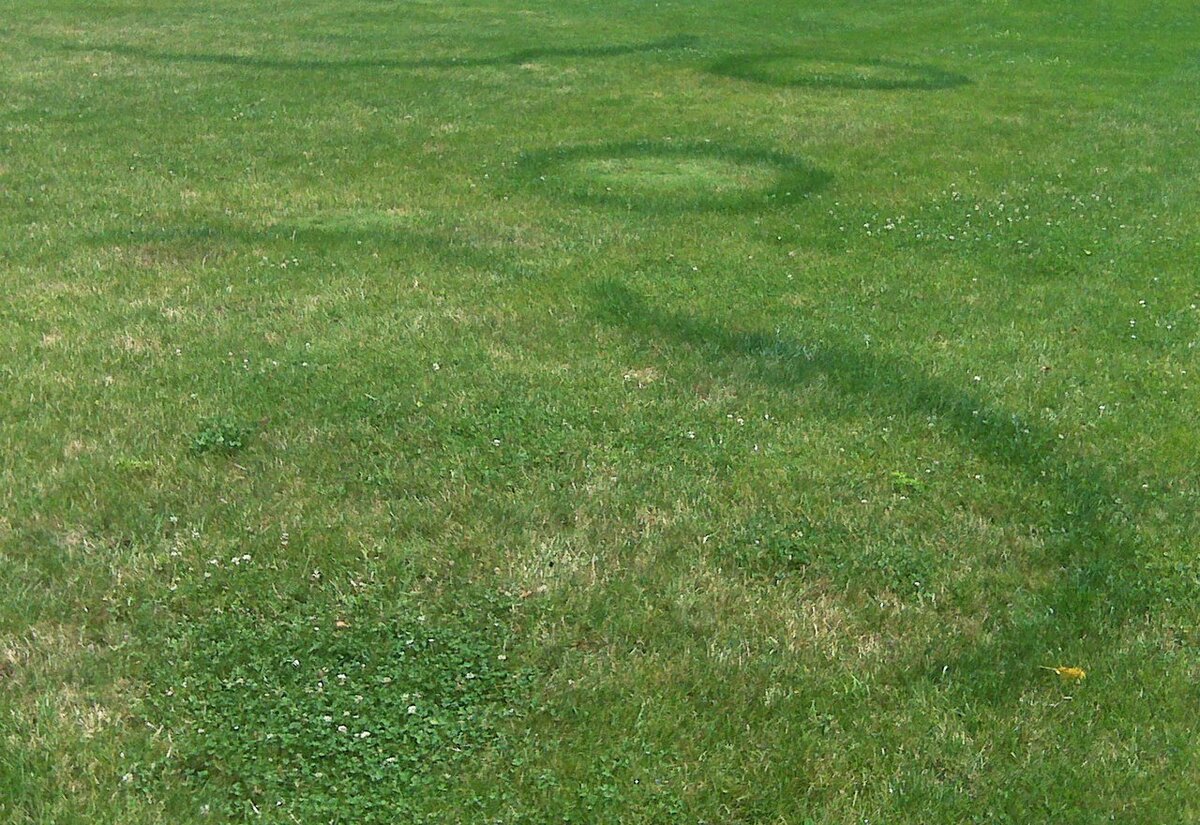
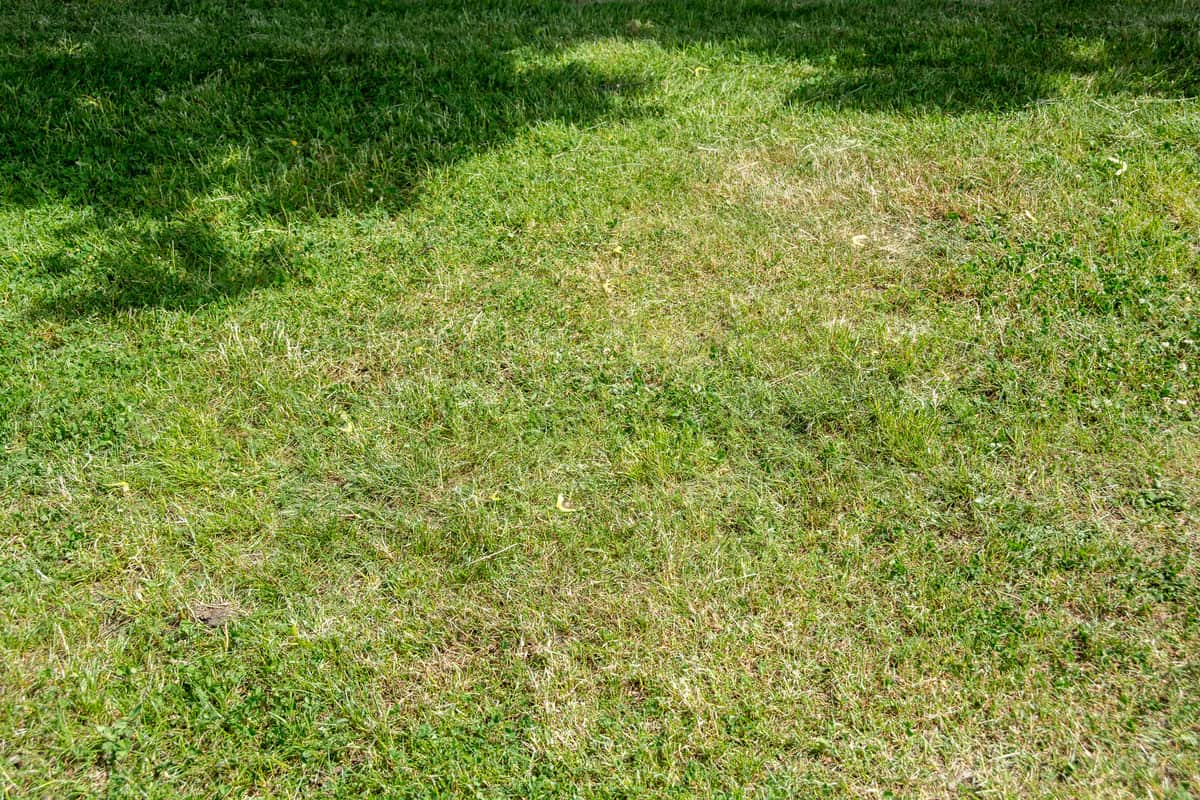
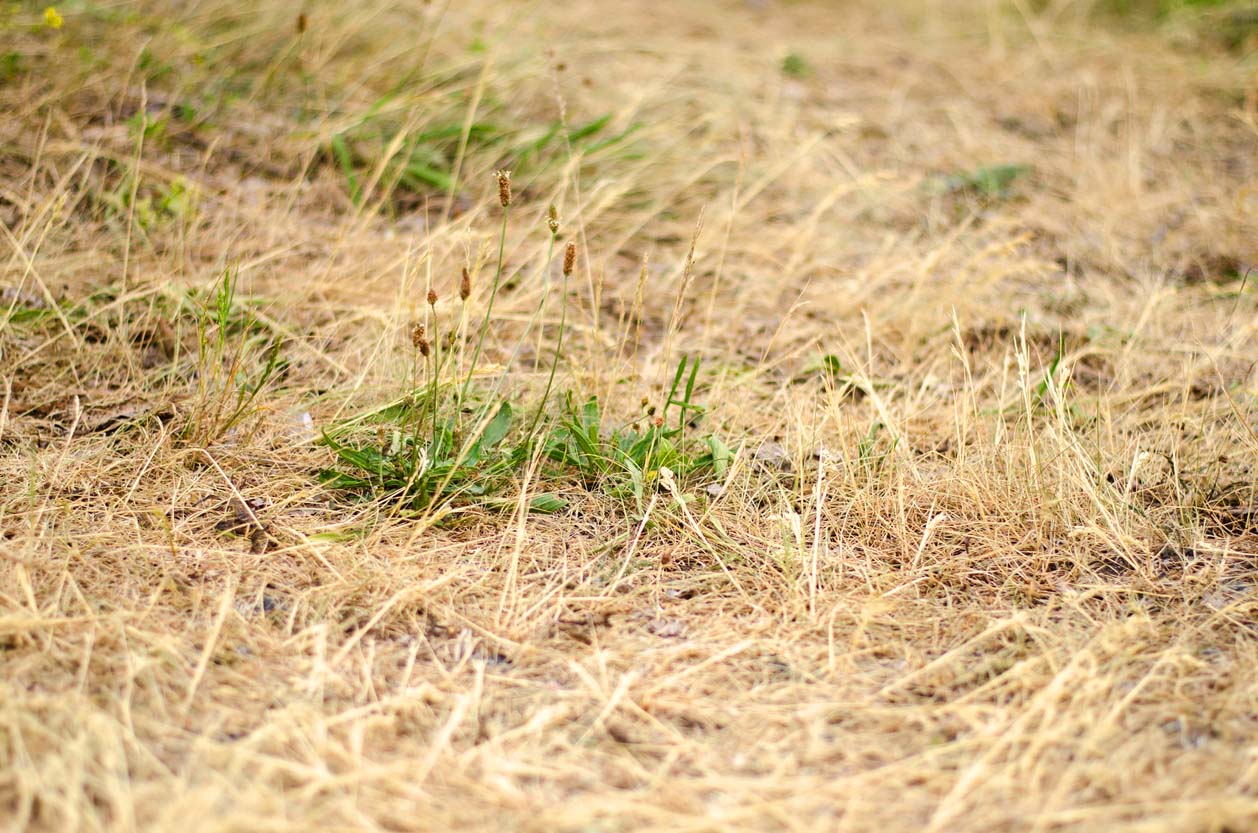
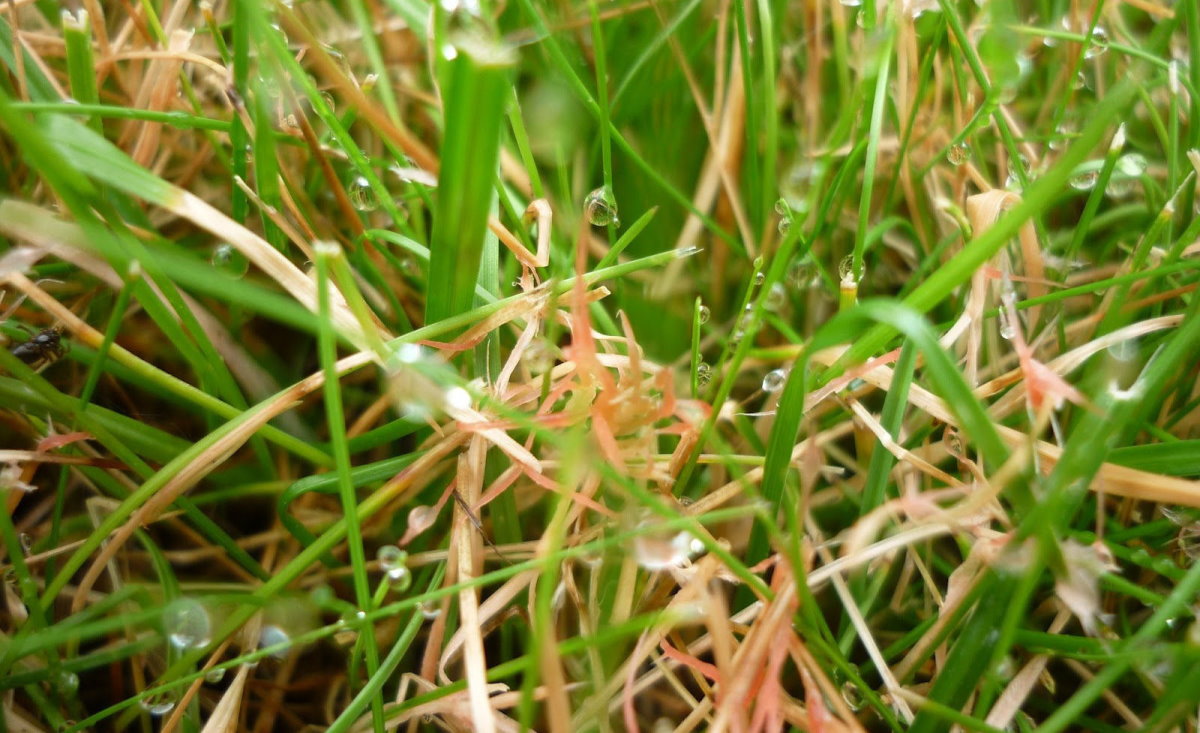
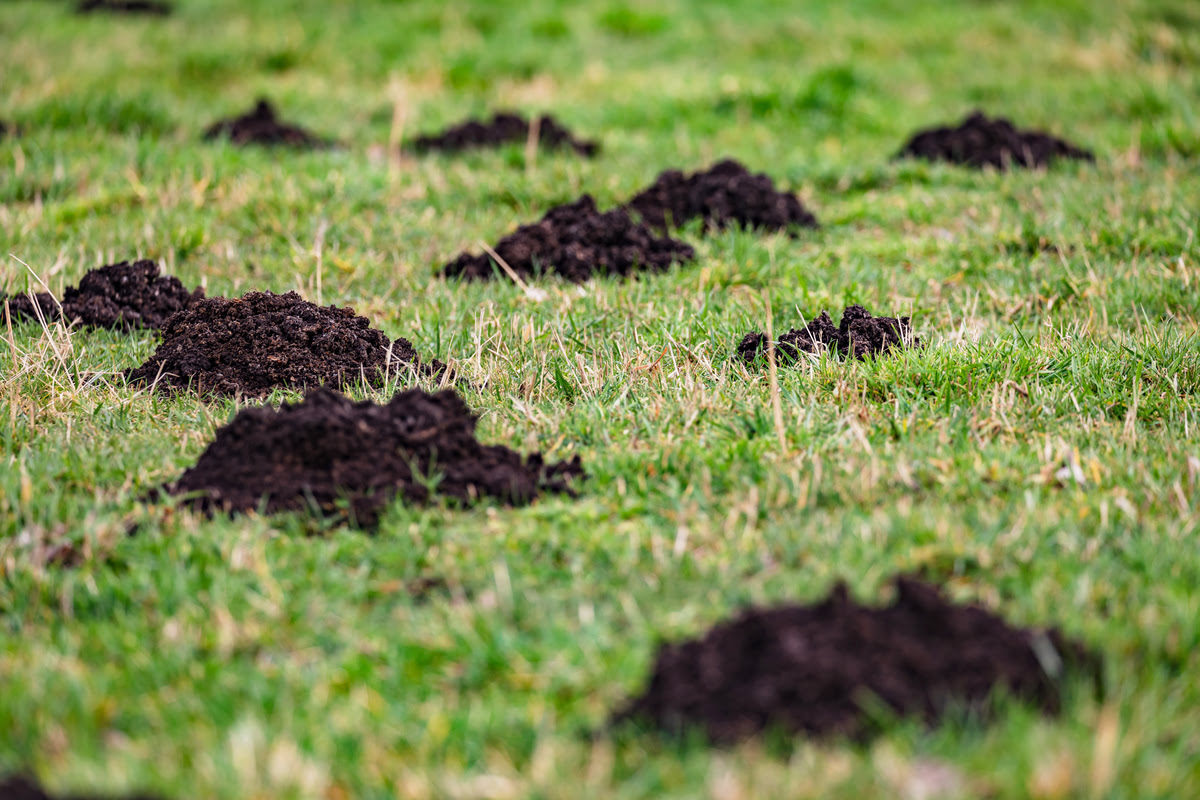
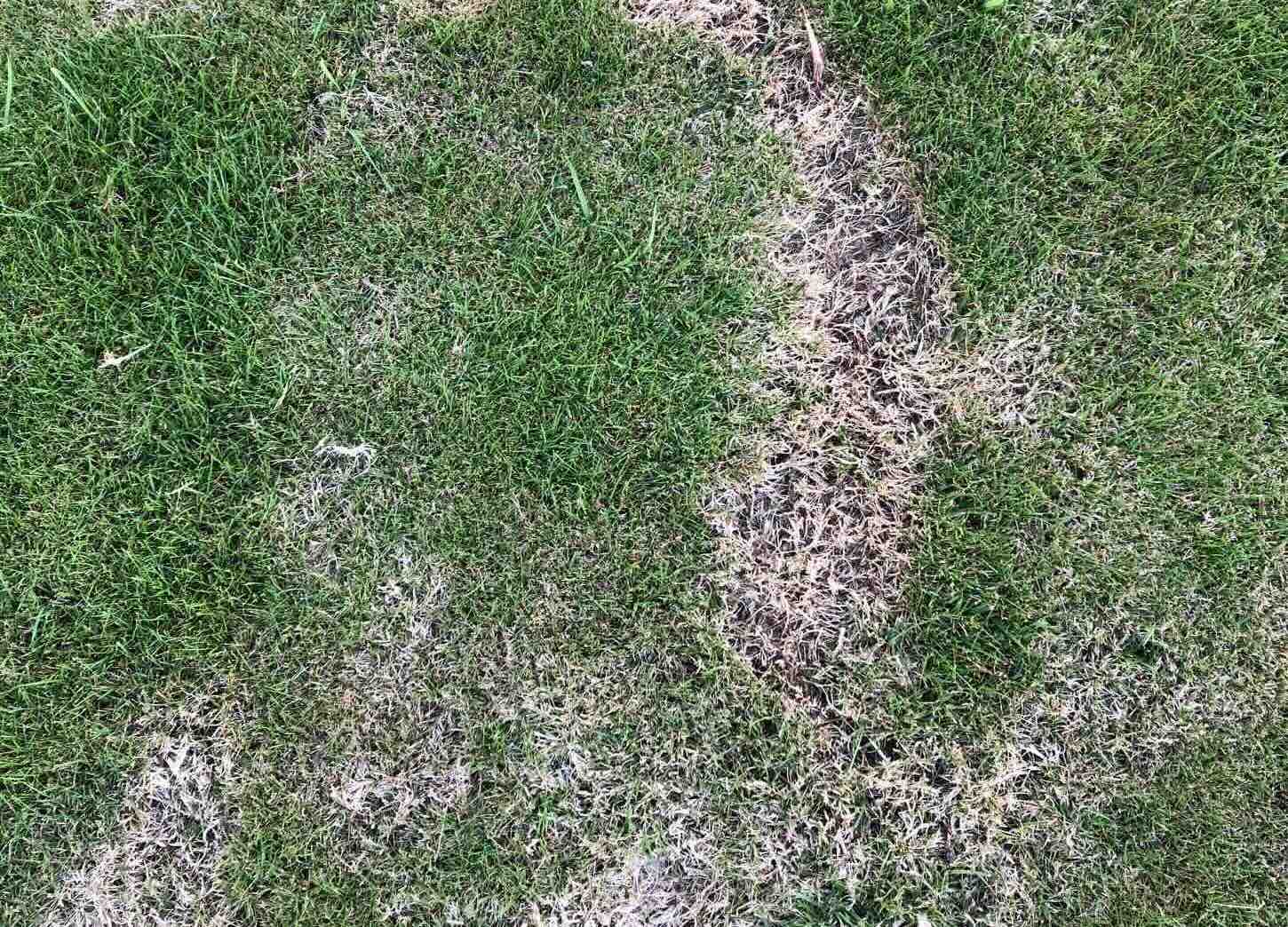
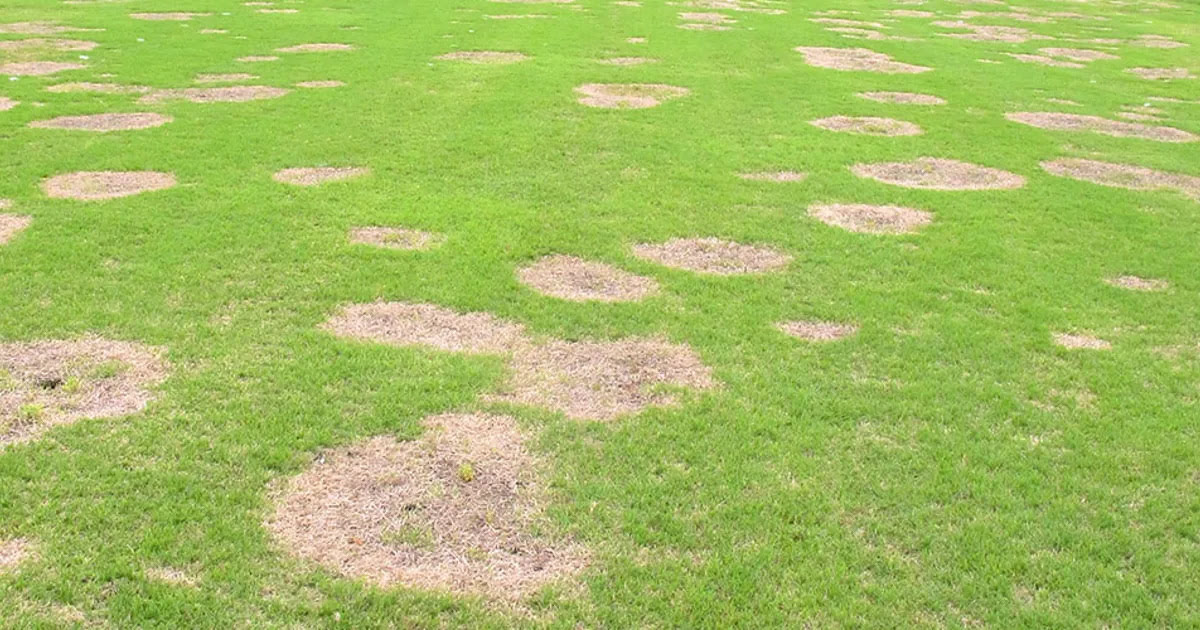
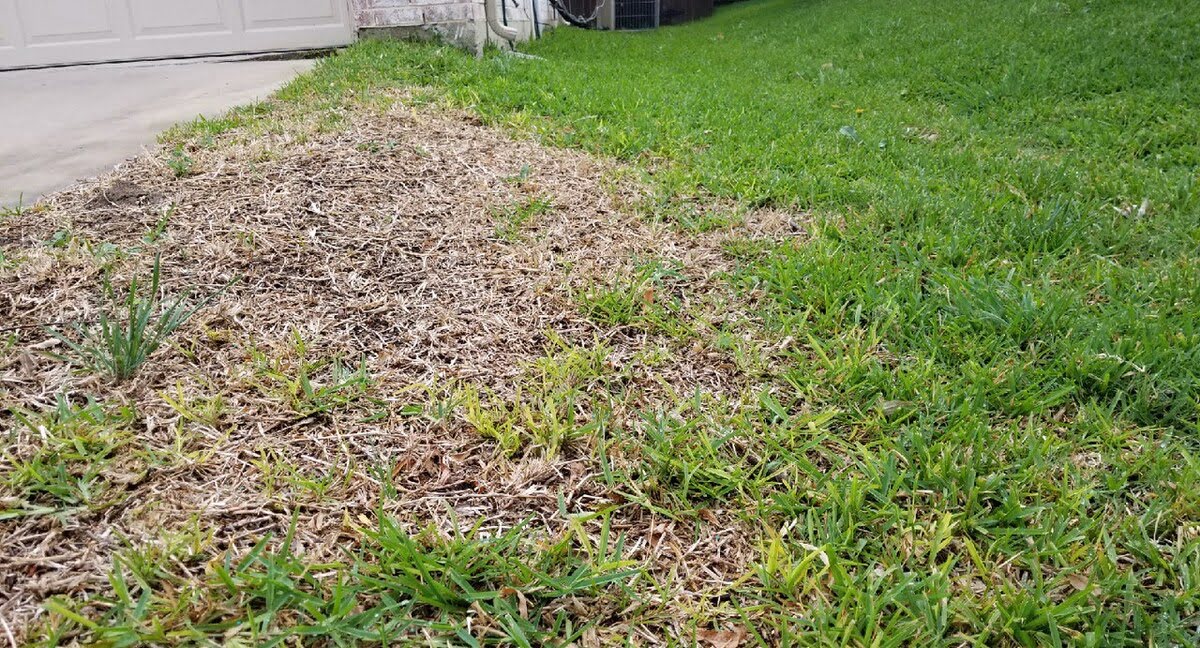
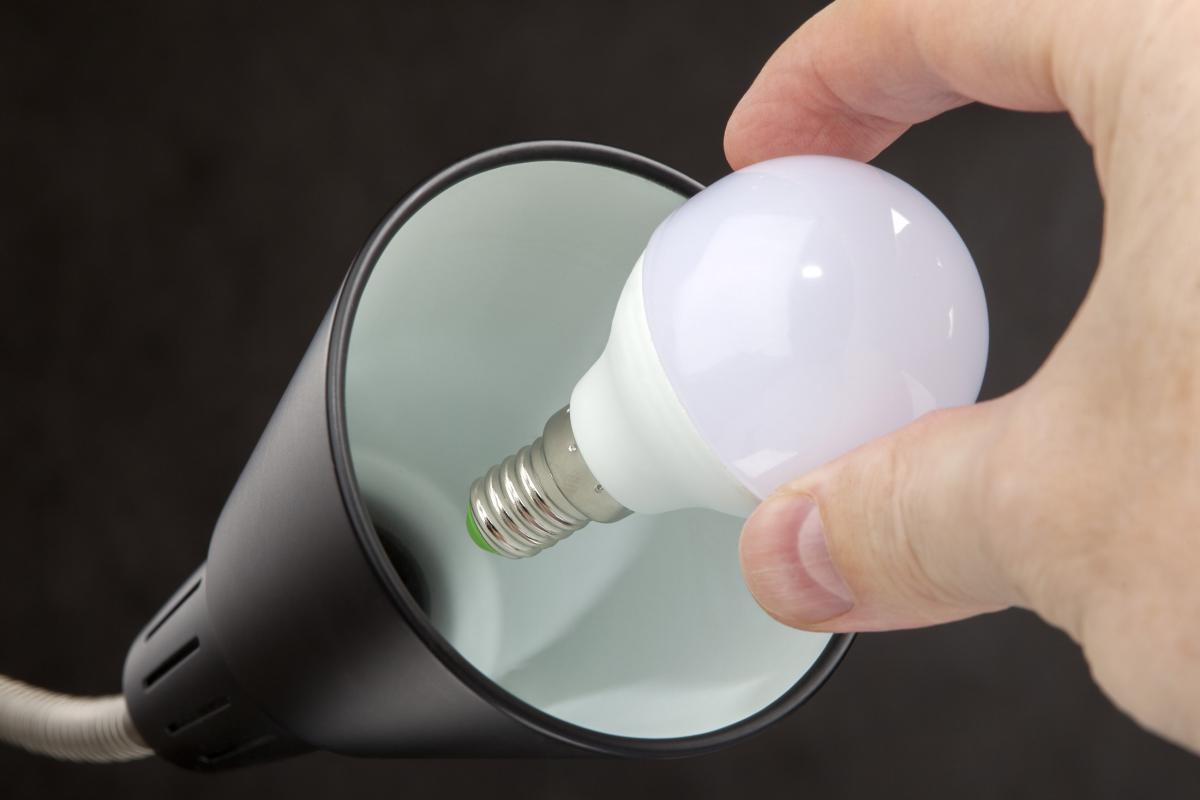
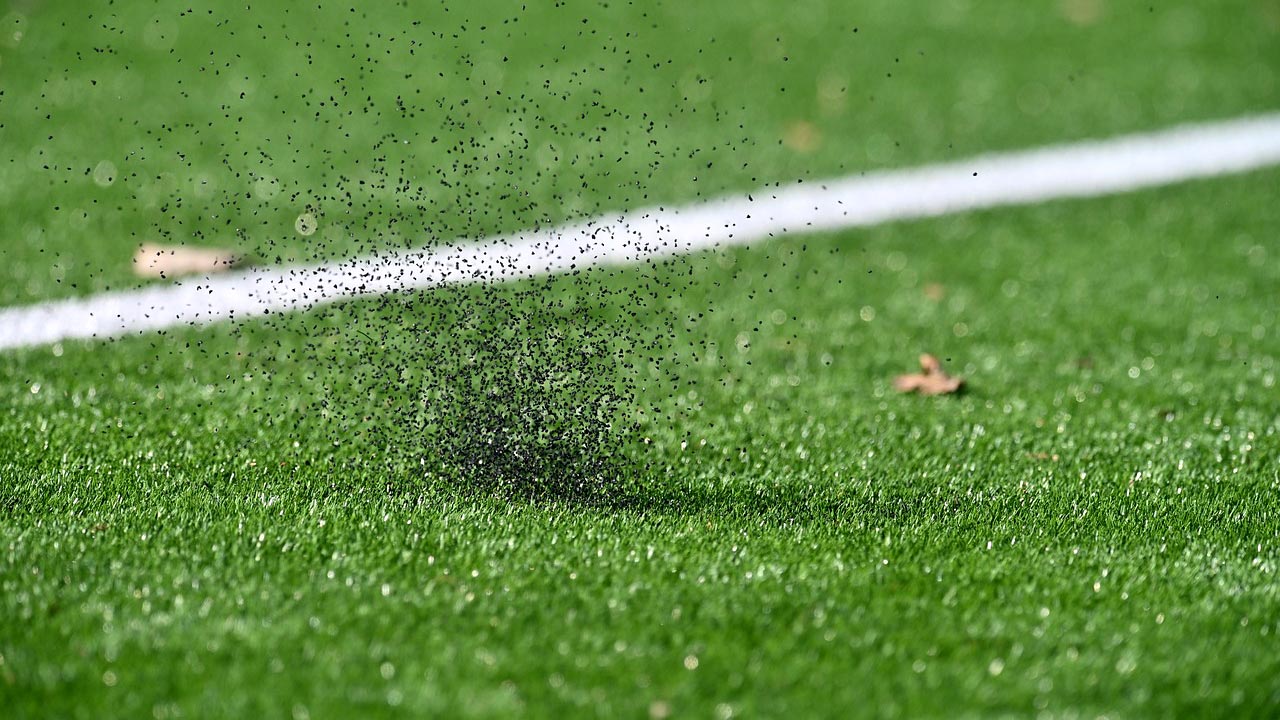
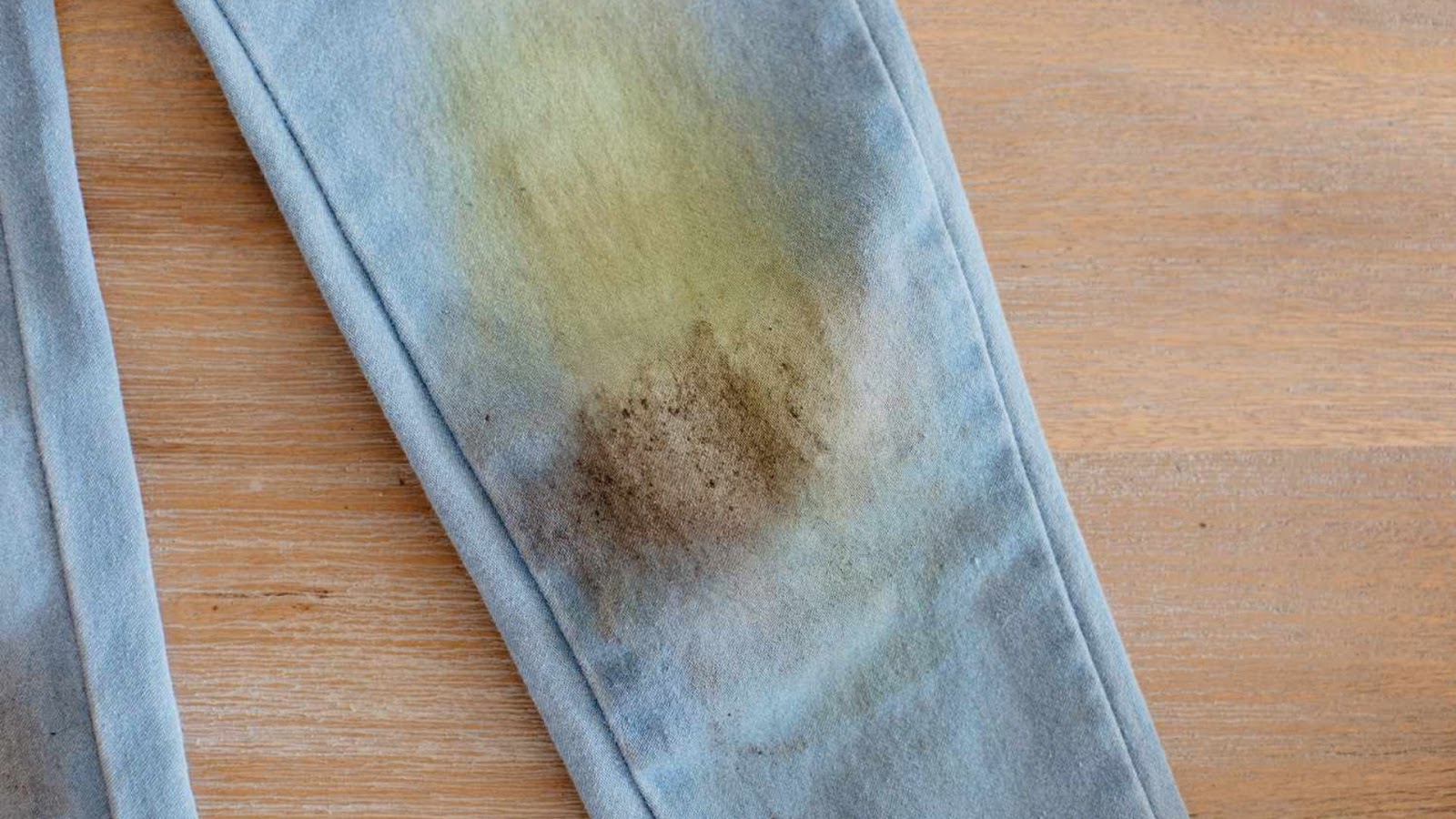


0 thoughts on “What Causes Grass To Thin Out”